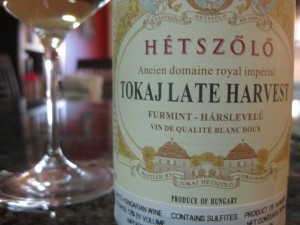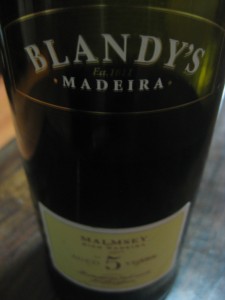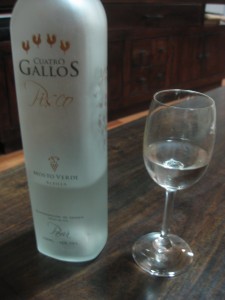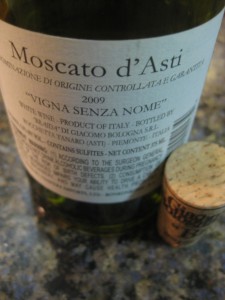 Hungry for Hungary
Hungry for Hungary
Eew – somehow the pun of Hungry and Hungary has managed to jump the couch, even for lovers of lousy puns like myself. Fortunately, the grapes behind this wine save the day. Furmint, the undisputed queen of Hungary is the famous partner in this duo, and Harslevelu is somehow forgotten, likely due to the unpronouncable nature of the grape. Hars-level-u. That’s how I’ll remember it.
Furmint though is the centerpiece of this wine, even though clocking in at only 50% of the grape content. Next to the Hungary Water Polo team, this could be the finest item to emerge EVER from Hungary. Tokaji isn’t this wine but you could be mistaken from the bottle since that Tokaj looks awfully like Tokaji.
Tokaji is rightly the pride of Hungary, so much so that it’s mentioned in the Hungarian national anthem. To quote: “On Tokaj’s vine stalks you have dripped nectar.” Rightly sung, Hungary. Rightly sung. This wine dates back to nearly the Hapsburgs and has produced exceptional wine ever since. Actually, ALMOST ever since since apparently there was a big Communist 40-year fling when all the grapes had to be blended together and the wine ended up mediocre. This being before my wine-drinking time, you’ll have to take the capitalists’ word for it.
Grapes
Furmint gets talked about a lot with its dessert wines, and Harslevelu generally gets treated as the kid with the last name Zhang in elementary school. Last alphabetically and forgotten about by other (luckier) kids with more alphabetically-inclined names, Harslevelu is somewhat intriguing as being a crucial, if lesser known component, of the great Hungarian wines. Described by wikiwriters as “intense aroma of spice, pollen and elderflowers,” this wine pretty much hits all the big things that drew me to wine. Plus, it has a facebook page. 9 people even like it – that’s almost double digits. Still, if you ever see that there’s a 100% Harslevelu available, please mail it immediately. Post will be paid.
Taste
So, 50% Furmint, 50% Hars-level-u, from Hungary, from Tokaj. Smells and looks light but BIG peach with pear throughout and big sweetness that fills up the mouth. Long lasting sweet peach finish. Could be in Savannah with Ty Cobb sipping on sweet tea and spiked cleats.
Detail Up!
Hetszolo Tokaj Late Harvest 2007
Random Googles
* Only six grapes are approved for Tokaji: Furmint, Harslevelu, Yellow Muscat, Zeta, Koverszolo, and Kabar.
* Together, Furmint and Harslevelu constitute 90% of the wine in Aszu, fabled wine region of Hungary
* King Louix XIV incorrectly termed Tokaji the “Wine of Kings.” Catherine the Great led by example in sending soldiers to protect the vineyards. Hence, it’s the “Wine of Queens.”



